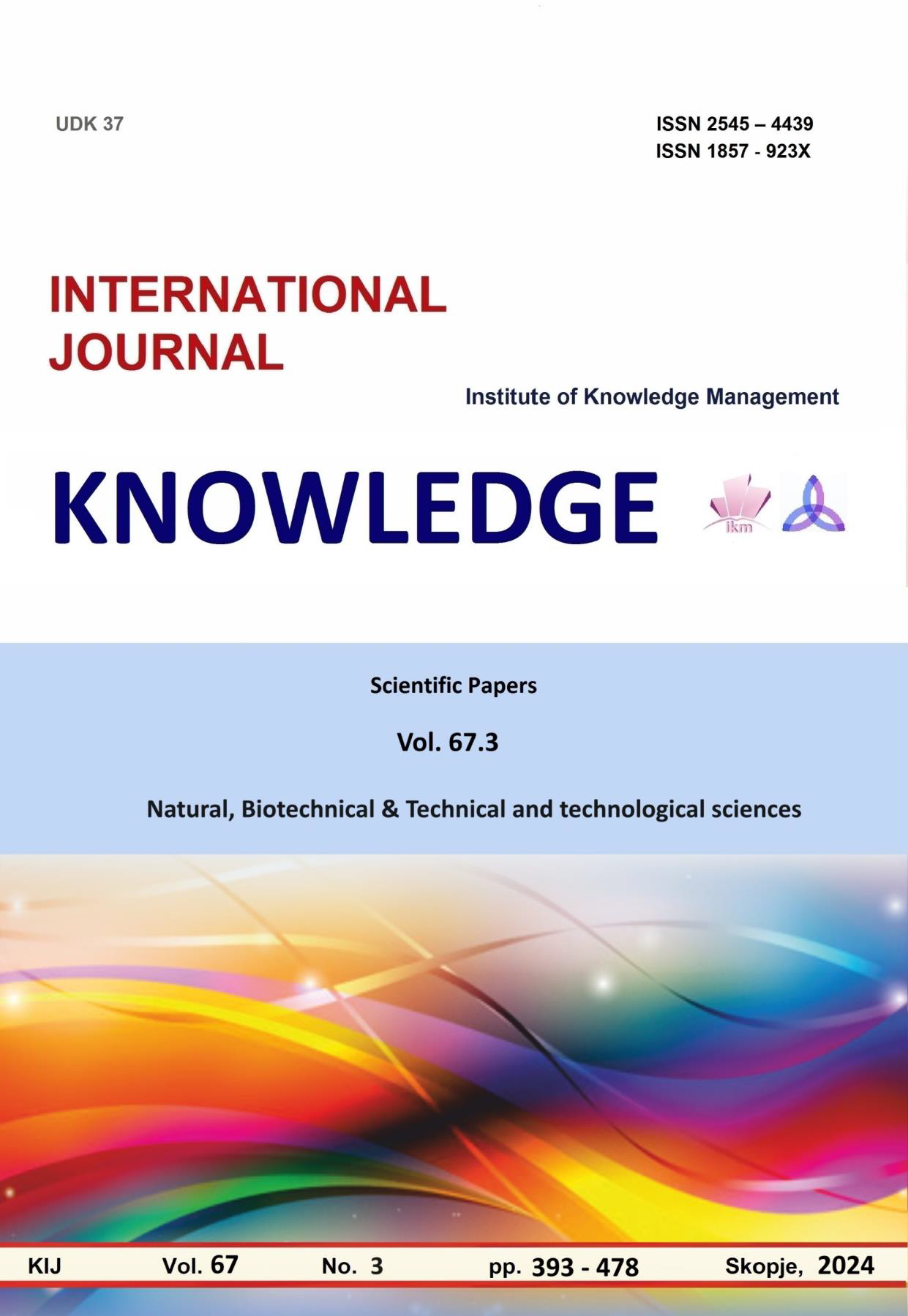APPLICATION AND PREVALENCE OF INFORMATION TECHNOLOGY (IT) IN AGRICULTURE
APPLICATION AND PREVALENCE OF INFORMATION TECHNOLOGY (IT) IN AGRICULTURE
Author(s): Vojin Cvijanović, Marija Bajagić, Gorica CvijanovićSubject(s): Economy, Agriculture, ICT Information and Communications Technologies
Published by: Scientific Institute of Management and Knowledge
Keywords: agriculture;information technology;IT;smart agriculture
Summary/Abstract: Smart agriculture can be defined as a combination of modern technologies and traditional farming methods. This industry primarily relies on the use of the internet as a tool to access essential information. Smart agriculture enables significant efficiency in production processes, both in agriculture and other economic sectors. By introducing new technologies into traditional farming, it transforms it into modern farming, thanks to innovations such as artificial intelligence, robotics, and more. Smart agriculture provides solutions for agricultural automation and intelligence. In developed countries, both the agricultural and industrial sectors still face challenges such as increasing productivity, food production, and creating employment opportunities, especially for people from poor and rural areas. Economic trends and rapid changes have a significant impact on the agricultural sector, and IT technologies play a key role in solving problems, improving and increasing productivity, and promoting agriculture. Although there is interest in the use of IT in agriculture, its full potential has not yet been realized. The digitalization of agriculture progresses slowly compared to other sectors, where IT technologies are adopted more quickly. In developed countries, IT technologies have had a significant impact on agriculture, leading to improvements and broader use of new devices and technologies. The use of personal digital assistants (PDAs) and handheld computers, which have recently transformed into various mobile devices, is expected to expand further. One of the main priorities of the European Union in the field of Information Society Technologies (IST) is improving internet access, especially for people in rural areas (e-Rural). Although these technologies have been quickly adopted and used across various sectors of the economy, they are expected to have an even wider application in the future. In low- and middle-income countries, smart agriculture, such as IT, can have a positive impact on agricultural production. The United Nations Food and Agriculture Organization (FAO) reports that global food production needs to increase by 70% by 2050 to feed the growing world population, which is expected to reach between 9.4 and 10.2 billion people. To achieve this increase, it is necessary to introduce new technologies to address challenges such as food production. These issues are particularly evident in less developed countries (LMICs), where the highest population growth is expected, leading to increased food demand. In these countries, most of the population lives in rural areas, and many farmers are small-scale producers (SSP). While there are positive advancements in developed countries, developing nations must improve their agricultural production to enhance living standards and meet growing needs. Agricultural transformation is essential for these countries to adapt to the growing population and achieve better economic development, which is a challenging task with many obstacles.
Journal: Knowledge - International Journal
- Issue Year: 67/2024
- Issue No: 3
- Page Range: 465-469
- Page Count: 5
- Language: Serbian

